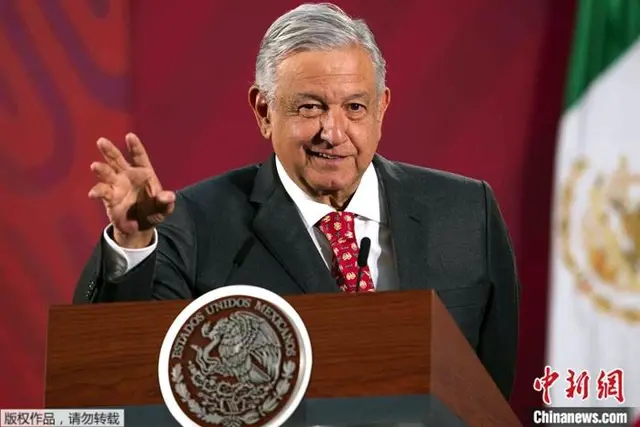Indian Prime Minister Narendra Modi promised the world’s elite at Davos, Switzerland last week that he would double his country’s economy by 2025. Back in New Delhi, Thursday’s budget announcement for the year ahead will show how that's easier said than done.
Modi faces a tight balancing act between attracting votes for next year’s elections, and a need to reduce India’s deficit while boosting economic growth and maintaining stability.
The World Bank and the International Monetary Fund predict India will be the world’s fastest growing economy for the next decade, and it has demographics on its side against ageing China, Japan and South Korea. Here are some key points to look out for in the upcoming budget.
Modi at the World Economic Forum, Davos, Switzerland, January 23 2018.
2019 elections on Modi’s mind
The IMF predicts India’s economy will grow by 7.4 percent in 2018, with the World Bank suggesting 2019 and 2020 will both see 7.5 percent growth.
50 percent of India's population is under 25, a demographic advantage that could spur economic growth in the coming decades.
The two global institutes may have given Modi’s economic policies their backing, but more important are the views of voters, ahead of an election next May.
Modi’s demonetization and GST (Goods and Services Tax) policies were deemed as necessary reforms, but they have proved highly disruptive.
The removal of low denomination notes (86 percent of currency in circulation) led to lengthy queues of confused and panicked people outside banks, while GST has been criticized for being overly complicated.
With one eye on voters, who will also be concerned by rising food and oil prices and low wage growth, Modi could be tempted to offer a significant tax break, with the Times of India speculating that corporation tax could go down from 30 to 25 percent.
However, Modi has vowed to tackle India’s deficit, with plans to bring it down to three percent postponed for the last two years. That means he doesn’t have a lot of room to maneuver a tax break, especially with pressure from falling exports and investment weighing further down on the economy.
Education, education, education?
Japan, South Korea and China face an ageing population crisis, with a reduced labor force a potential ticking time bomb for long-term economic growth. India, on the other hand, has a young population, with 50 percent of people under the age of 25. By 2027, the entire workforce will be made up of a billion people, the world’s largest.
A group of school children are taught in their makeshift classroom - under a railway bridge, in New Delhi, 2013.
However, to make full use of that demographic advantage, India needs to invest more in educating that workforce. Out of the BRICS countries, India spends the lowest proportion of its GDP (3.2 percent) on education.
While literacy rates have improved, the country is still massively unbalanced from region to region – female literacy is less than 50 percent in rural Bihar.
More support for rural regions
Modi has previously enjoyed strong support in India’s countryside, but increasing financial pressure on agriculture could force him to allocate more money to rural regions.
In September 2017, rural wages had only grown by 4.56 percent compared to the previous year, while the effects of demonetization on the countryside’s informal economy sparked protests.
Modi cut import duties for grains from 25 percent to zero, putting more pressure on the agricultural sector, which represents more than half of the total workforce.
Poor infrastructure and a lack of support in the face of natural disasters has also turned a sizeable chunk of the rural population against Modi, who was elected on a campaign promising to protect farmers and boost incomes.
More infrastructure investment
The Economic Survey, an official study of India’s economic situation, has pointed to a pressing need for 4.5 trillion US dollars of infrastructure spending by 2040, for the country to secure stable long-term growth.
While China has spent massively on infrastructure in the past decade, India has suffered from significant under-investment, according to the Economic Survey.
The report highlights energy, roads, shipbuilding and telecoms as key areas in which the country needs investment.
Current trends suggest that India will fall short of the required investment by more than 500 billion US dollars, with the Economic Survey pushing for private investment from institutions like the Asian Infrastructure Investment Bank and New Development Bank.
Related:
India unveils budget focused on rural voters
(CGTN)
 简体中文
简体中文

